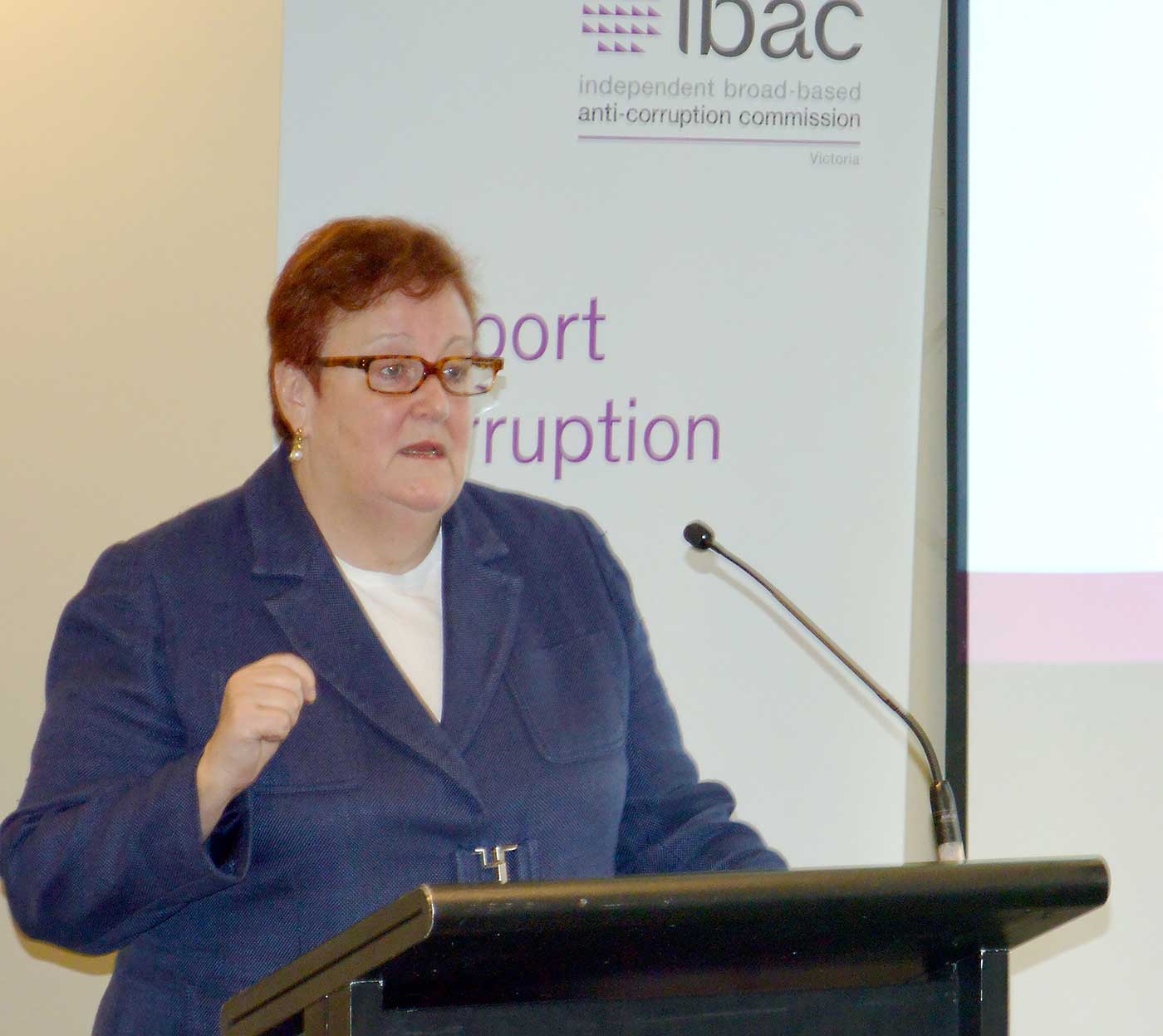
Sometimes just a few words can make a difference. On 24 July, the Chair of the Victorian Gambling and Casino Control Commission (VGCCC), Fran Thorn, appeared before the Public Accounts and Estimates Committee of the Victorian State Parliament.
PAEC, as the committee is known (and pronounced by all as “pay-eck”), was conducting a public hearing into the findings of the State’s Auditor-General who had recently reviewed the performance of Victoria’s gambling regulator as well as Victoria’s gambling harm minimisation strategy.
PAEC is an all-party committee so can be a brutal experience as members often use it to attempt political point scoring, sometimes at the expense of witnesses who appear before them. I know. I’ve been there. At this hearing, Ms Thorn was one of several witnesses including the Auditor-General, well-known public health academics such as Prof Charles Livingstone and Prof Samantha Thomas, and others.
Ms Thorn, as a former head of Victoria’s Health Department, would be quite familiar with PAEC and showed the benefits of that experience in the way she responded to the questions asked. There were two comments she made that won’t make headlines but provide a valuable insight into the direction the VGCCC is heading.
The first was a simple, general statement. Ms Thorn explained that the VGCCC wants to pursue a risk-based model of regulation. This is pleasantly surprising. I’ve long been an advocate of the risk-based model and explained as much when appearing as a witness at the Casino Inquiry (into Crown Resorts) conducted by the Honourable Patricia Bergin SC in 2020. I’m not sure Commissioner Bergin or her counsel assisting agreed with my views, so I found it heartening that the VGCCC wishes to continue with a risk-based approach.

This means the VGCCC will regulate by directing its resources to the areas of most need. It can determine where these needs are by undertaking a risk analysis. This contrasts with the more prescriptive approach to gaming regulation where the regulator is required to involve itself in every element of gambling activity, irrespective of the level of risk. I believe a prescriptive model is self-defeating and leaves the industry, the players, and the community worse off than the pursuit of a risk-based model. Hence, Ms Thorn’s simple, throwaway line about the VGCCC’s approach should provide comfort to all who value good gaming regulation.
The second comment provided an encouraging view of the future. Ms Thorn was asked a question about the implementation of a recently announced government policy. The Victorian government is pursuing a more rigorous approach intended to reduce gambling harm from the use of electronic gaming machines, known in Australia as poker machines. The new policy will require players to use a form of pre-commitment should they wish to play poker machines. Victoria already has a pre-commitment technology installed in all poker machine venues and Crown casino. Until now, though, while it is mandatory for it to be made available, it is voluntary for players to use.
The government policy specifies that the mandatory scheme must be card-based. This is somewhat unfortunate as recent research has shown that the use of cards, such as credit cards and debit cards, is in rapid decline in Australia. These cards are being superseded by digital wallets and wearable devices. Given this, it would be better if the government’s new policy, rather than mandating a card-based solution, provided players with a technology they are more likely to adopt. The goal here is harm minimization and players should be provided with a form of technology they are more comfortable using.
What Ms Thorn said that was so encouraging was an explicit and un-prompted statement that she expected that card-based technology will be superseded by digital technologies such as an app on a phone. The statement does not mean that card-based technologies will cease to exist any time soon. What makes the statement so welcome, though, is that it shows the VGCCC understands the need for and will be prepared to consider new technologies.
The Victorian government has recently committed to increasing the funding of the regulator. A statement from the Chair recognizing the inevitability of technological advancement suggests the VGCCC will be supportive of new ideas. Hopefully it will direct some of its additional resources to enhance its capability to assess them.
They were just two simple statements, but they said so much.
Source: asgam.com

George Barham, an accomplished journalist and avid gambling enthusiast, serves as the esteemed Editor-in-Chief at fly-to-australia.com, Australia’s leading source for comprehensive gambling news and insights. With an unwavering passion for both the written word and the ever-evolving world of betting and gaming, George brings a wealth of knowledge and expertise to the helm of our editorial team.

![Saturday Horse Racing Tips & Best Bets [February 10, 2024] Saturday Horse Racing Tips & Best Bets [February 10, 2024]](https://fly-to-australia.com/wp-content/uploads/2024/02/saturday-horse-racing-tips-best-bets-february-10-2024-10.png)

